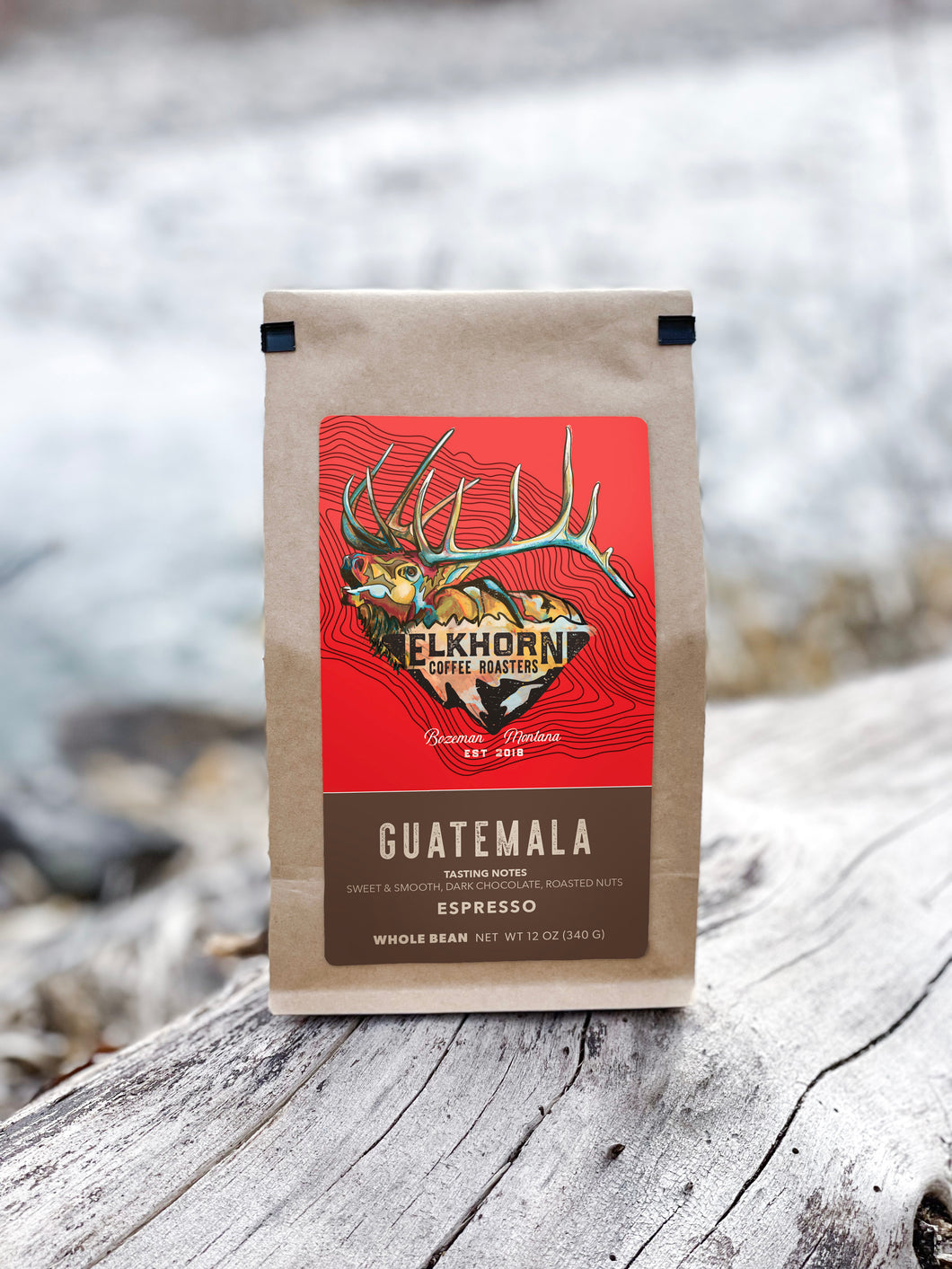Why Espresso Fans Prefer SOE Single Origin Espresso for Clarity
Why Espresso Fans Prefer SOE Single Origin Espresso for Clarity
Blog Article
Coffee Beans 101: Whatever You Need to Understand About Coffee and Blended Coffee Beans
When it comes to coffee, recognizing the nuances of coffee and blended beans can transform your daily cup. From the expanding process to roasting techniques, every step plays a function in your coffee experience.
Recognizing Coffee Beans: Types and Selections
When diving right into the world of coffee, comprehending the types and varieties of coffee beans is essential for every enthusiast. Arabica beans are recognized for their smooth, complicated flavors and reduced high levels of caffeine material, making them a preferred amongst coffee connoisseurs.
Ethiopian Yirgacheffe uses intense flower notes, while Colombian beans offer a well-balanced taste profile. By familiarizing on your own with these beans and their tastes, you'll raise your coffee experience and make more informed choices in your brewing trip.
The Expanding Refine: From Seed to Bean
When you check out the journey of coffee, everything starts with seed selection techniques that establish the foundation for quality. From there, cultivation and harvesting play important functions in ensuring the beans flourish. Processing approaches change those gathered cherries into the coffee beans you enjoy.
Seed Selection Methods
Choosing the best seeds is important for producing premium coffee beans, as it lays the structure for the entire growing process. Pay interest to the seed's age and storage conditions, as fresh seeds tend to germinate better. Think about the illness resistance of different varieties, as this can considerably affect your return.
Cultivation and Harvesting
As you nurture your coffee seeds into prospering plants, recognizing the growing and harvesting process is vital for achieving the finest taste and quality. Beginning by growing your seeds in well-draining soil, preferably in a shaded area to secure them from straight sunlight. As your plants grow, preserve consistent dampness, and bear in mind their need for nutrients. Trim routinely to promote air movement and healthy development.
When it comes time to harvest, look for ripe cherries, which normally transform a lively red. Hand-picking is typically the very best method to guarantee only the ripest cherries are selected. Timing is crucial; harvesting too late or as well early can impact the taste profile of your beans. Embrace persistence and treatment, as this is where top quality begins.

Processing Techniques Explained
As soon as you have actually gathered your coffee cherries, the next vital action is processing them to change those vivid fruits right into the beans you'll brew. There are two major approaches: the completely dry procedure and the damp procedure. In the completely dry process, you spread the cherries out in the sun to completely dry, enabling the fruit to ferment and present unique tastes to the beans. On the various other hand, the damp process includes getting rid of the fruit quickly and fermenting the beans in water, causing a cleaner preference. After processing, the beans are hulled, arranged, and usually dried once again. Each method affects the flavor account, so explore both can aid you find your favorite mixture. Understanding these approaches is essential to enjoying your coffee experience.
Toasting Techniques: Just How Taste Is Created
When it pertains to toasting coffee beans, recognizing roast degrees is key to exposing their unique flavors. Each roasting method effects the fragrance and enhances the flavor advancement process, offering you a richer coffee experience. Let's explore how these aspects collaborated to raise your daily brew.
Roast Levels Described
Roast degrees play a vital duty fit the flavor account of your coffee. You'll enjoy intense acidity and fruity notes when you choose a light roast. As you relocate to a medium roast, you'll observe an equilibrium of sweet taste and complexity, commonly highlighting chocolate or caramel flavors. Dark roasts, on the various other hand, deliver bold, great smoky attributes with less level of acidity, making them abundant and durable. Each level results from various roasting times and temperature levels, affecting the beans' chemical make-up. By recognizing these degrees, you can much better pick a coffee that matches your preference choices. Explore different roasts to uncover which one reverberates with you, improving your overall coffee experience and satisfaction.
Influence On Fragrance
The roast degree not only affects the preference of your coffee but additionally considerably affects its scent. When you pick a light roast, you'll usually observe brilliant, floral notes that can make your coffee odor fresh and vivid. As the beans dim, the fragrance changes; a tool roast draws out a lot more well balanced, caramelized aromas, while a dark roast has a tendency to include vibrant, great smoky touches. Each roasting method releases various unpredictable compounds, shaping just how your coffee smells. Additionally, the freshness of the beans plays a critical duty; newly baked coffee releases extra aromatic oils, boosting that luring fragrance. Pay focus to the roast level-- it's vital to exposing the complete aromatic experience of your brew.
Taste Growth Refine
As you check Discover More out the taste growth process, you'll find that roasting strategies play a vital role in shaping the taste profile of your coffee. The Single Origin Espresso toasting temperature level and time straight influence the acidity, sweetness, and resentment of the beans. Light roasts retain even more of the bean's initial tastes, highlighting fruity and floral notes. Medium roasts balance level of acidity and body, supplying an all-around flavor. Dark roasts, on the other hand, highlight bold, smoky characteristics while decreasing the bean's integral qualities. Throughout toasting, chemical reactions, like the Maillard response and caramelization, change the beans and boost their intricacy. Explore different roasting degrees can aid you discover your best brew, so don't hesitate to taste and discover the rich range of tastes!
Coffee vs. Blended Coffee: Key Differences
Espresso and blended coffee each offer unique experiences that satisfy different preferences and choices. Coffee is a focused coffee made forcibly warm water through finely-ground coffee beans, resulting in a rich, vibrant flavor and a creamy layer of crema on the top. It's frequently enjoyed as a shot or used as a base for drinks like coffees and cappucinos.
On the various other hand, blended coffee combines various beans from different areas, producing a more balanced flavor account. You'll typically locate blends that highlight level of acidity, sweet taste, or body, making them functional for various developing techniques. While coffee focuses on intensity, blended coffee might use a more comprehensive variety of flavors that can transform with each sip.
Ultimately, your option in between espresso and blended coffee come down to your individual choice. Whether you long for a leisurely mug or a fast jolt, both options have something delicious to offer.

Developing Techniques: Unlocking the Perfect Cup
When it involves brewing coffee, finding my explanation the right approach can transform your experience and boost your mug. Each brewing technique has its distinct appeal and can considerably influence your coffee's flavor and aroma. For instance, using a French press allows you to delight in a rich and full-bodied brew, while a pour-over approach supplies a clean, intense cup with distinct flavors.
If you prefer espresso, purchasing a high quality maker can help you grasp the art of pulling shots. Conversely, for comfort, a single-serve skin system offers speed without compromising preference.
Do not fail to remember concerning cold mixture, which provides a smooth, much less acidic coffee ideal for warm days. Experiment with various approaches to discover what reverberates with your taste.
Tasting Notes: Determining Taste Profiles
Just how can you absolutely value your coffee if you do not understand what flavors to look for? Sampling notes are your guide to understanding the complex world of coffee. Some coffees could leave a chocolatey or caramel aftertaste, while others may have an intense, tidy surface.
Consider the body of the coffee, also; is it ventilated and light or thick and syrupy? Do not fail to remember acidity; a brilliant level of acidity can include liveliness, while a reduced level of acidity may offer a smoother experience. By recognizing these taste accounts, you'll grow your connection with each cup, making coffee tasting a fascinating trip of exploration.

Tips for Selecting and Storage Coffee Beans
Storing and selecting coffee beans properly can greatly boost your developing experience. Begin by choosing high-grade beans that fit your taste. Seek freshness; beans roasted within the last two weeks are optimal. Check the roast date on the product packaging, and get from reputable roasters or regional shops.
Once you have your beans, save them in an airtight container to stop direct exposure to air, light, and moisture. A dark, awesome location functions best, so stay clear of keeping them in the refrigerator or freezer, as this can present wetness. Only grind the quantity you require to maintain freshness; whole beans preserve flavor longer than pre-ground coffee.
Lastly, attempt to utilize your beans within 2 to four weeks after opening for peak taste. Complying with these tips will certainly ensure your coffee remains delightful and tasty, elevating your day-to-day brew to new heights.
Regularly Asked Inquiries
Just How Long Do Coffee Beans Remain Fresh After Toasting?
Coffee beans stay fresh for about 2 weeks after toasting - SOE. You should save them in an impermeable container, away from light and moisture. After that, their flavor and aroma start to diminish significantly

Can I Mix Different Coffee Bean Varieties?
Definitely, you can mix various coffee bean selections! Explore blends can improve flavors and develop a distinct taste account. Simply ensure to stabilize the toughness and attributes of each range for the very best results.
What Is the Perfect Grind Dimension for Coffee?
For espresso, you'll desire a great grind dimension, concerning the appearance of common salt. This enables ideal removal, causing an abundant, delicious shot. Experiment a bit to find what suits your taste best!
How Does Elevation Affect Coffee Bean Flavor?
Elevation impacts coffee bean taste by affecting the development price and chemical make-up. Greater altitudes result in slower growth, which enhances acidity and intricacy, giving your coffee a dynamic and distinct preference you will not forget.
Are There Decaffeinated Variations of Coffee Beans?
Yes, there are decaffeinated versions of espresso beans. You can enjoy an abundant coffee taste without the high levels of caffeine kick. Simply try to find "decaf" blends at your regional coffee bar or specialized store.
Coffee Beans 101: Everything You Need to Know About Espresso and Blended Coffee Beans.
When diving into the world of coffee, recognizing the types and ranges of coffee beans is essential for every lover.When it comes to toasting coffee beans, understanding roast degrees is crucial to disclosing their distinct tastes. Espresso is a focused coffee brewed by requiring warm water with finely-ground coffee beans, resulting in an abundant, vibrant flavor and a velvety layer of crema on top.On the various other hand, combined coffee integrates various beans from different regions, creating a much more well balanced flavor profile.
Report this page